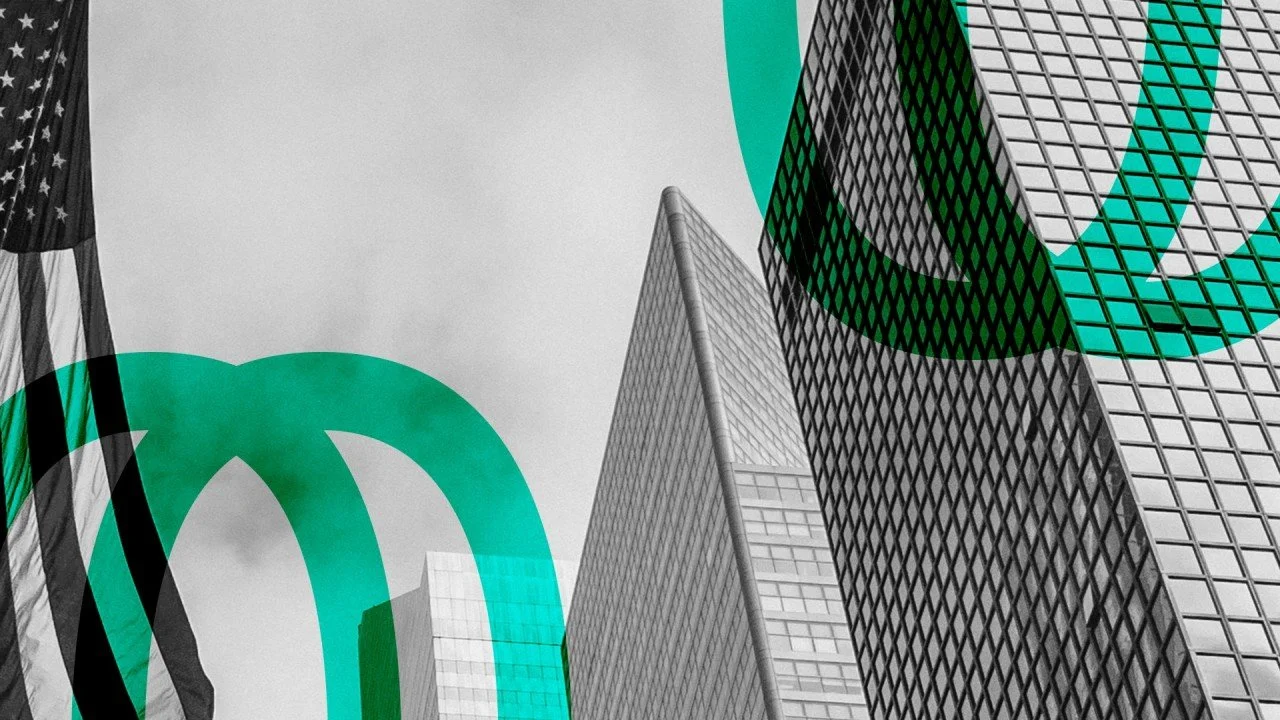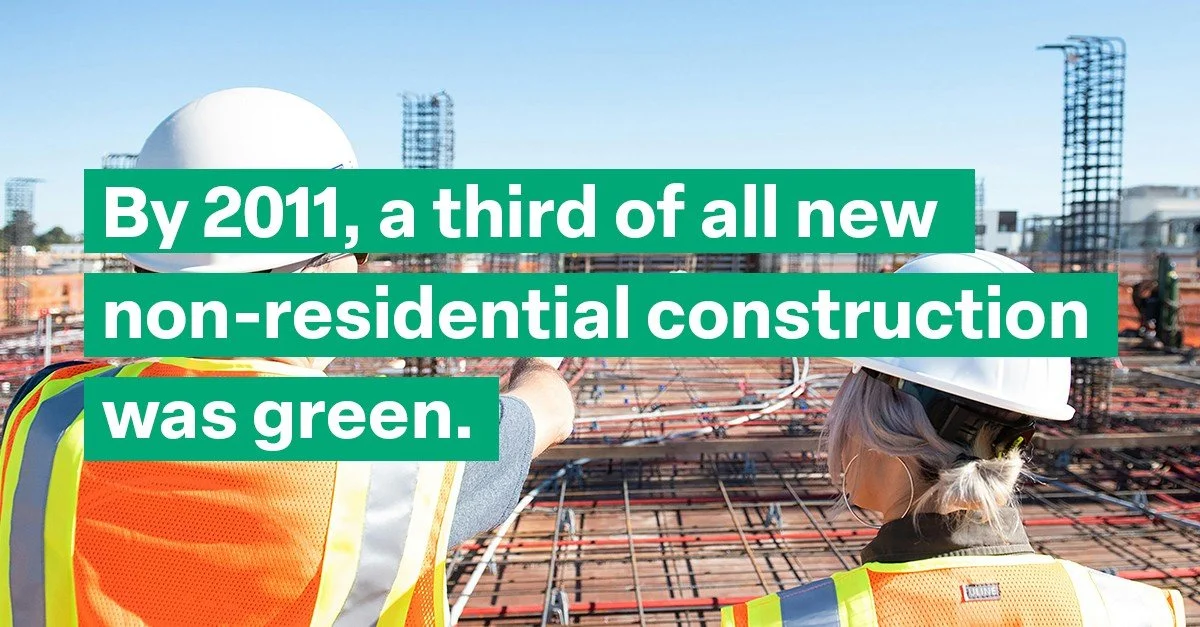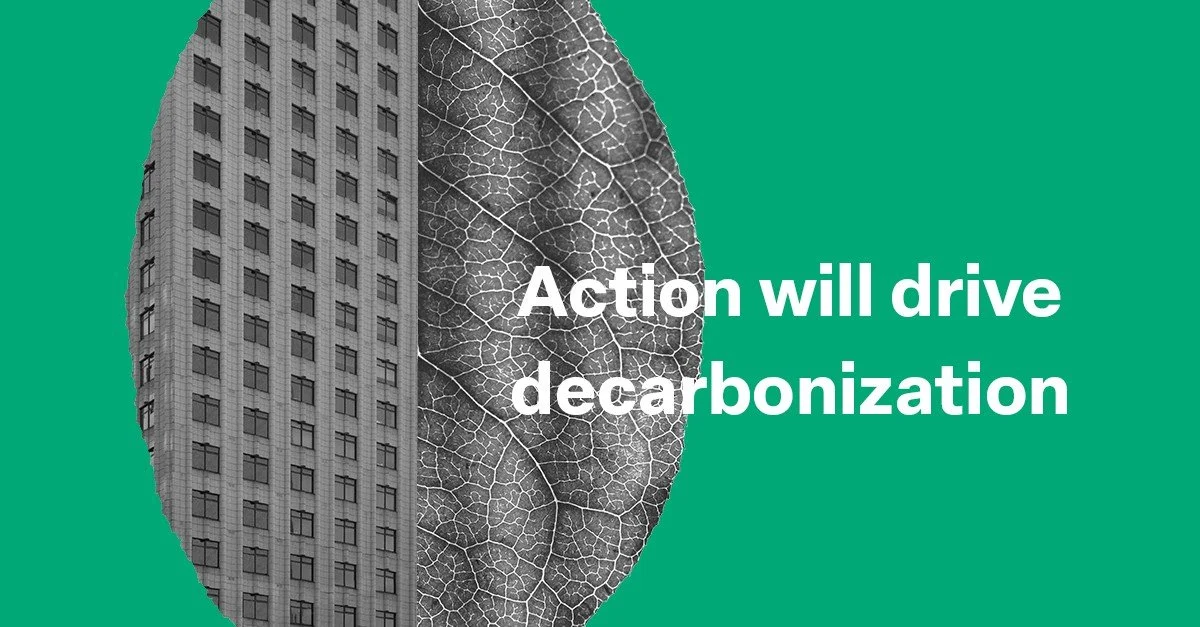Dispatches in Decarbonization: From Recession to Resilience And What the Last 15 Years Taught Us About Net Zero
This article first appeared in Mahesh Ramanujam’s monthly LinkedIn newsletter, Dispatches in Decarbonization, on August 4, 2025. Subscribe on LinkedIn to receive these updates.
One of the most common questions I get from people all over the world is “What is the future of net zero in the U.S.?” It’s not a surprising question given the changes in the political landscape regarding climate action that make global headlines every day, continued economic uncertainty and sluggish economic growth.
What does surprise people, however, is my answer: The future of net zero and decarbonization at scale in the U.S. is strong and it’s only growing stronger.
It’s strong because despite the recurring headwinds, smart people and smart organizations know that future proofing their enterprises for economic and climate risks is a strategic business imperative. It’s also strong because there is a network of organizations including GNFZ that are working every day to make the pathway to net zero for the business sector and the construction and building sector more accessible, more actionable and more affordable.
I am bullish about the future of net zero because the green building marketplace has proved itself before in profound ways when the traditional construction sector and many in the financial sector counted us out.
This was especially the case during the “Great Recession” from 2007-2009 and its long and tediously slow recovery. Yet, the facts show the exact opposite happened. The green building market didn’t die — it flourished. The U.S. green building market grew by a whopping 50% from 2008-2010. By 2011, a third of all new non-residential construction was green. It was one of the few bright spots in what has been called the worst economy of recent decades.
Why did this happen? The answer is simple. Green buildings made the business case because they were based on the triple bottom line of people, planet and profit. Green retrofits and new construction became an affordable and effective differentiator from traditional construction that carried substantial long-term ROI.
Read my recent Facilities Dive article where I cover this →
Approximately a decade and a half later — what was then the forefront of green building practices has come a long way. And those very stakeholders who were demanding green certified spaces are now demanding substantially more — they want net zero performance for design, construction and operations across energy, waste, emissions and water. Driving these demands are ambitious corporate climate 2030 pledges and business resiliency imperatives.
Research from JLL demonstrates that the demand for high quality and low carbon commercial office space will outstrip supply by 75% across U.S. markets by 2030 —equating to a stunning projected shortage of 57 million square feet of low carbon office space. The New York City market by itself provides a telling example of what’s to come. That same JLL report noted that “across the leased footprint of the top 100 occupiers of the city, 72% of upcoming requirements are tied to a carbon commitment this decade, amounting to 23.3 million square feet of future demand.” The study showed the current development pipeline only delivering 8.1 million square feet. Decarbonization at scale is also being propelled by building performance standards such as New York City’s Local Law 97 and other jurisdictions which are pushing owners to drive efficiency upgrades and penalizing and appropriately shaming those that don’t.
And these facts and figures represent only a small part of why I am certain that the net zero conversation — and more importantly action — will drive the decarbonization transformation that is a business and climate imperative.
The sustainability movement has been uplifted by thousands of professionals that have spent their lives working to improve the performance of buildings, communities and cities and ensuring that they give back to the world more than they take. And the next frontier for that movement is net zero and the time for collective action is now. We know that it takes a community to drive market transformation and that’s why we are working every day to convene leaders who are actively bringing solutions to the market.
GNFZ and members of our extensive network will be convening on August 28th from 11:30 AM to 1:00 PM EST to share insights from industry leaders in the U.S. on achieving net zero. The engaging virtual event will feature multiple panels of leading industry experts — each with decades of experience driving decarbonization across the design, construction and operations of buildings. We hope you will register and join us! There is no cost to attend. Our distinguished panelists will explore the current state of the market, share insights on what they see as the most pressing challenges and emerging opportunities and highlight proven strategies that are delivering real progress on the path to net zero.
We promise a frank and candid conversation about what’s working and what’s not…and what it will take to truly scale climate action in the built environment. Conversation topics will include innovative design approaches and advanced construction practices to operational efficiencies and policy trends.
I hope you will join us.





